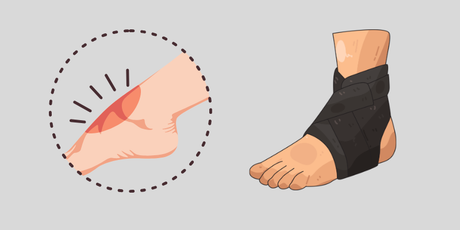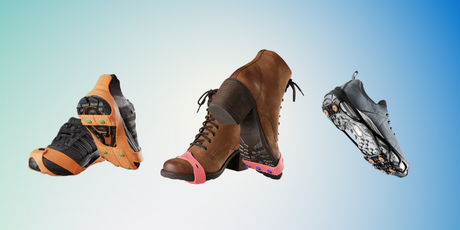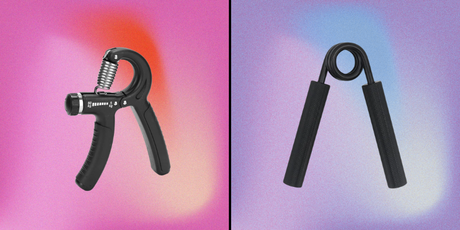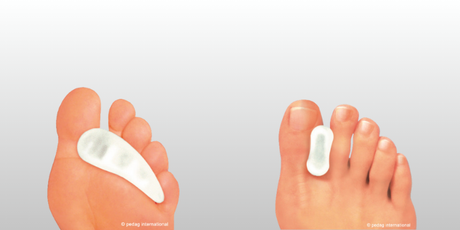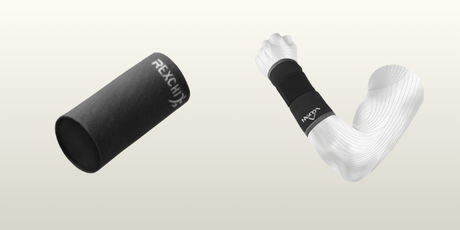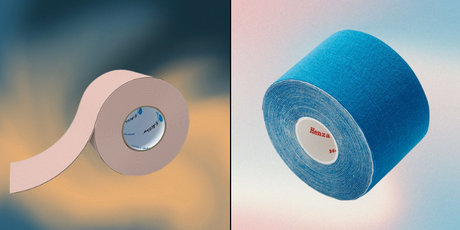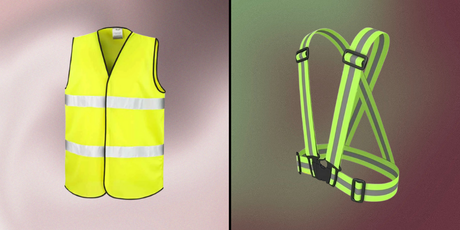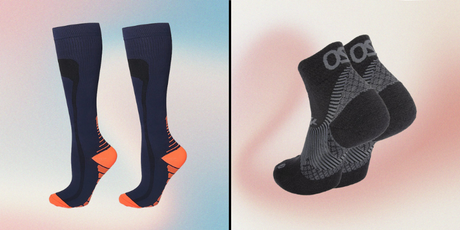Osgood–Schlatter disease
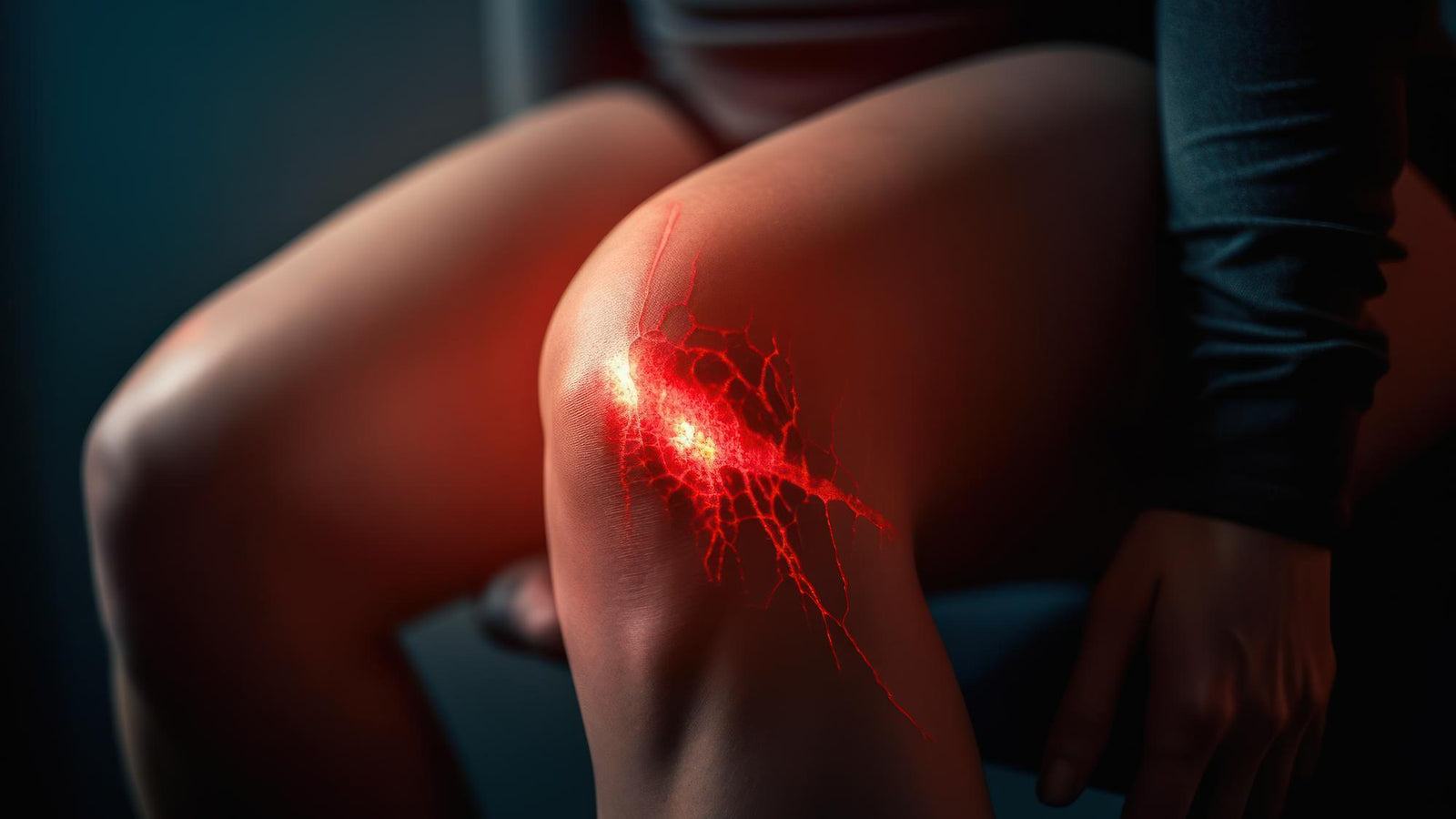
The main reason why young people at this age are affected by Schlatter's disease is because they usually grow very fast during this period of their lives and overuse their knees at the same time. Younger people who participate in various running and stretching sports such as floorball, gymnastics, athletics and football often suffer from Schlatter's disease, which occurs when the tendon attachment of the thigh muscle becomes inflamed. This attachment is located as a lump a few centimetres below the kneecap. Unfortunately, when this lump becomes inflamed, it will swell and cause pain to the sufferer. Unfortunately, the lump that grows in size with Schlatter's can retain its larger size even after the inflammation has subsided and the pain is gone.
As mentioned above, a common symptom of Schlatter's disease is the swelling of the tendon attachment bump just below the knee. The area then becomes tender and painful. This means that any sport you play also suffers as the pain is felt during the sport. This is especially true for those sports that involve jumping. However, running can also cause pain. Some people also feel the pain of Schlatter's disease when climbing stairs, for example.
Because Schlatter's disease is associated with growing and playing sports at a young age, the disease usually subsides as you get older or stop growing. However, there are also some people who suffer from Schlatter's disease later in life. If you have Schlatter's disease, you can start by trying to avoid sports that involve pain. Or at least not train as hard so that you don't put too much strain on your knees. You may also have to switch to another type of sport if the symptoms are too severe, although it is not dangerous to exercise even if you have Schlatter. Unfortunately, if you don't feel less pain or better, in some cases you may need to do some physiotherapy or use a special bandage during your sport. For some, taping the knee is enough to relieve the pain and give the knee support. Unfortunately, if the pain from Schlatter's disease is so severe that this does not help, surgery may be necessary.



